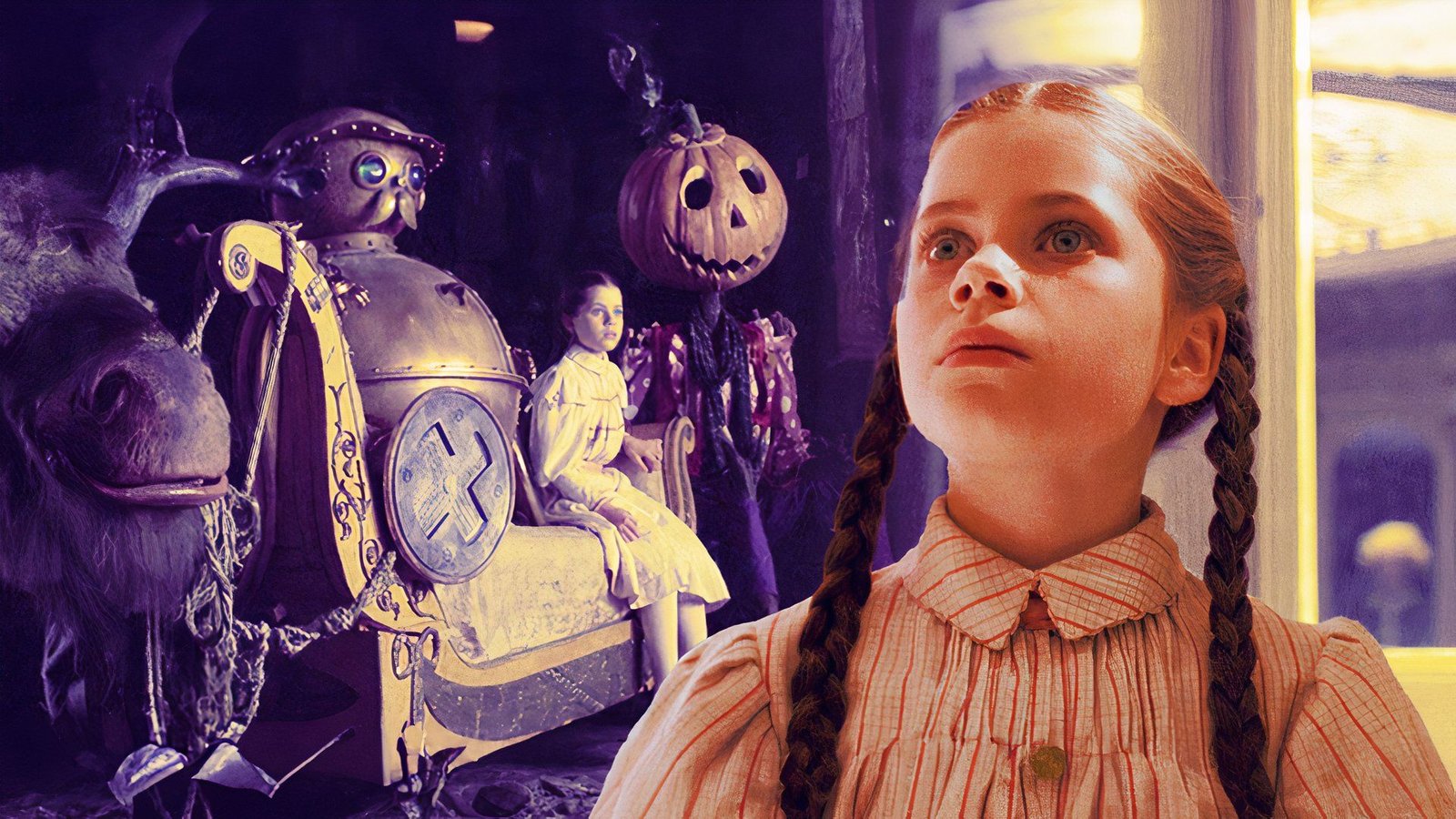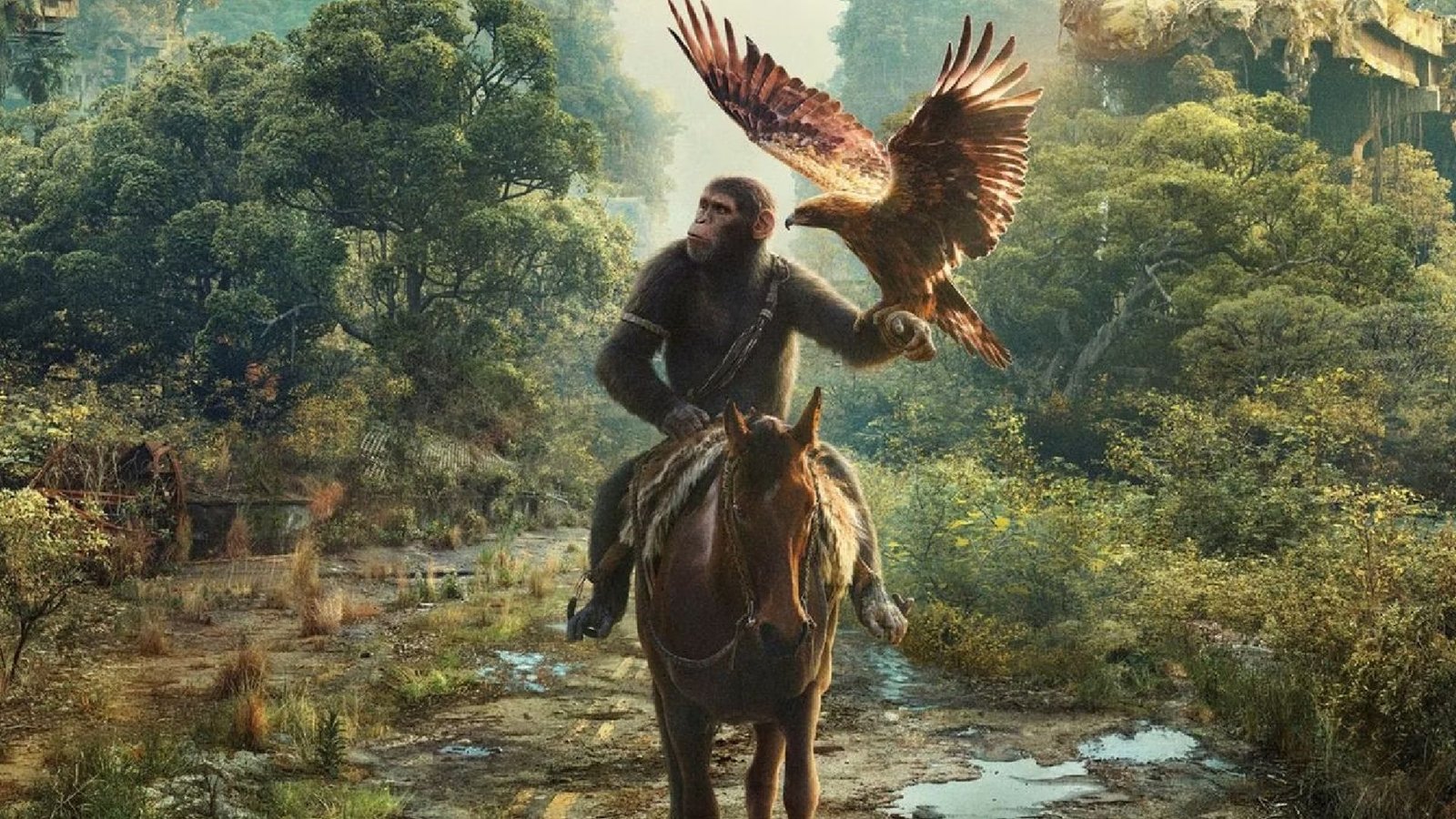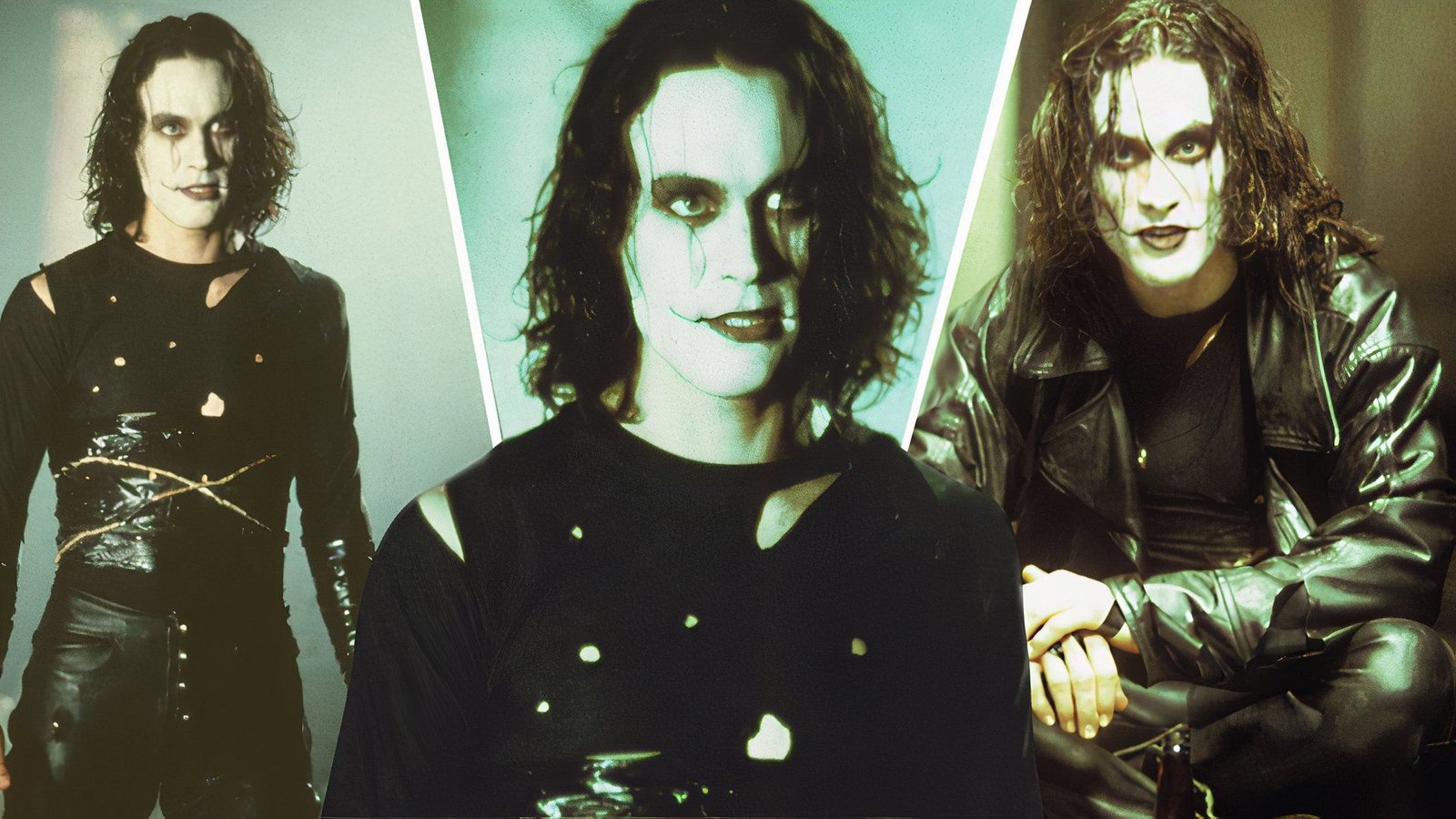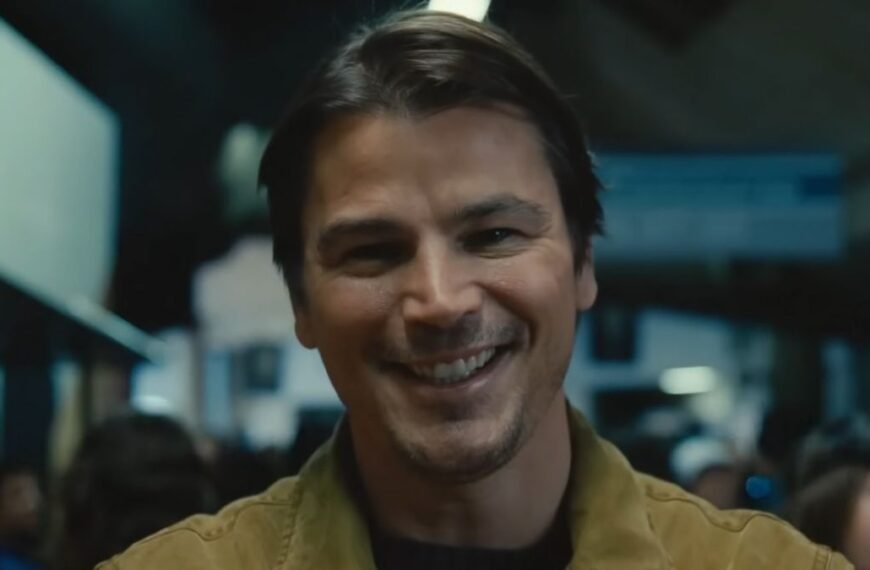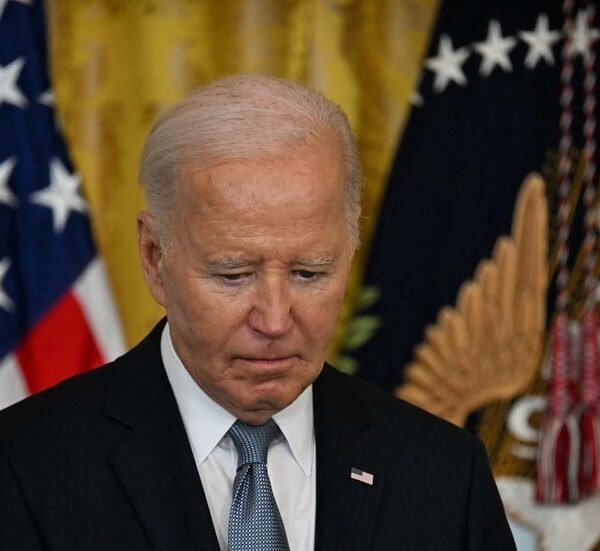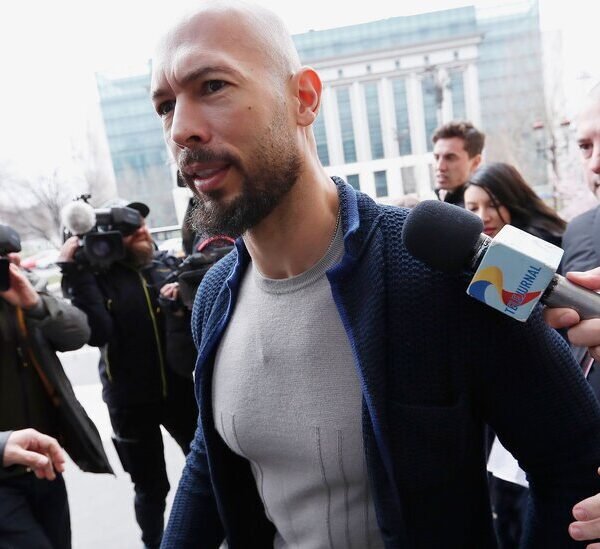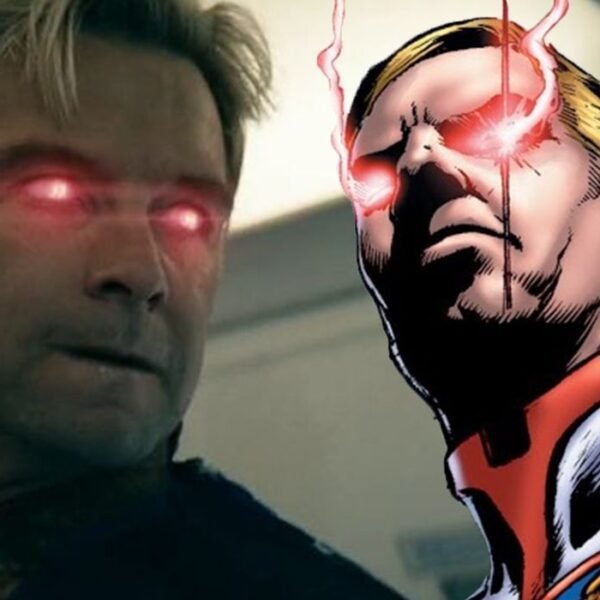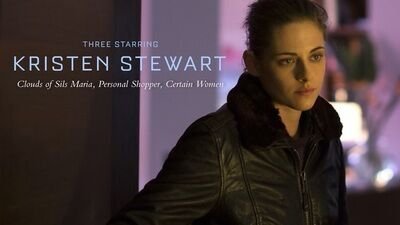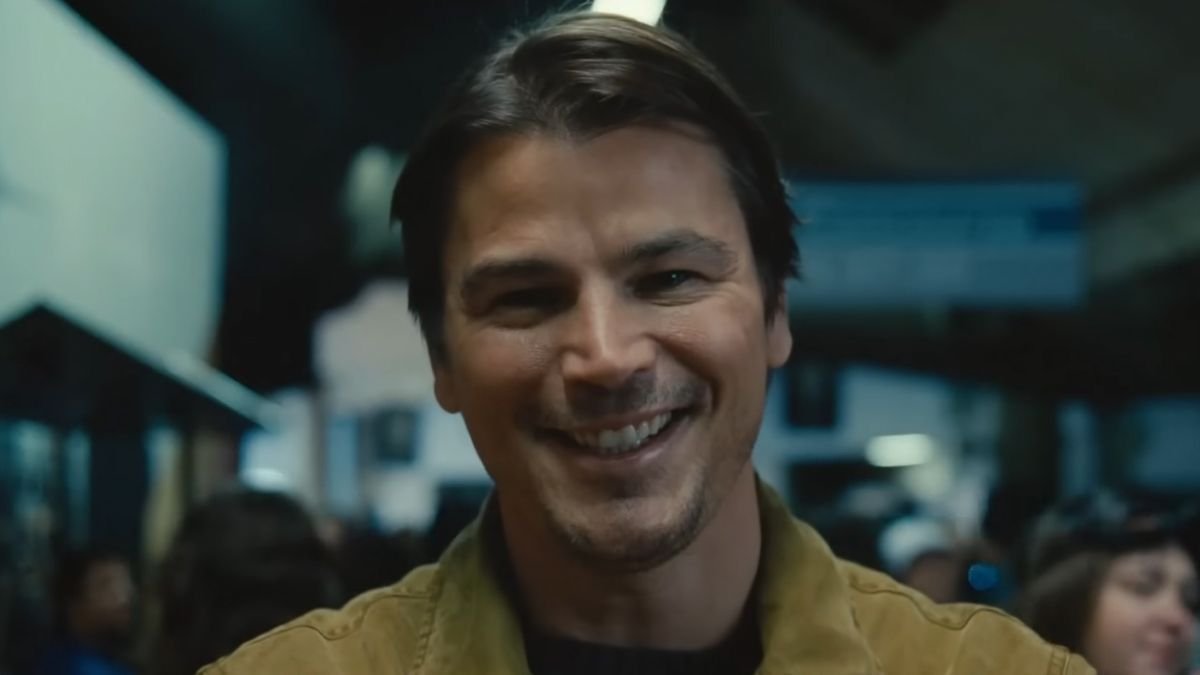Summary
- Return to Oz
, the dark sequel to
The Wizard of Oz
, is actually closer in tone to L. Frank Baum’s original novels. - Director Walter Murch drew inspiration from Baum’s darker sequel novels to create a faithful and creepy adaptation.
- Despite initial criticism and box office disappointment,
Return to Oz
now stands as a delightfully creepy and creative cult classic.
Everyone’s seen The Wizard of Oz, and if you say you haven’t, odds are you’re lying. It’s been rightfully hailed as a classic, marking a perfect transition point in Hollywood’s switch from black-and-white to color. It perfectly captures the idealism and imagination of childhood and is frequently one of the first movies parents show to their children. The characters, scenery, and music have become ingrained in pop culture. While there have been countless remakes, spinoffs, Muppet reimaginings, and musical adaptations, there’s still only one Wizard of Oz.
What not everyone may know is that a film so universally beloved got a sequel almost 50 years later. That film, Return to Oz, was a hard shift from the innocence of the original, becoming one of the darkest films ever made for children, polarizing critics, and outright bombing in its original theatrical run. But what’s most surprising is that Return to Oz was actually closer in tone to the original novels written by L. Frank Baum, and as such, it might, in fact, be the most faithful adaptation of the series to exist.
Frank Baum’s Oz Novels Were Much Darker Than Most Believe
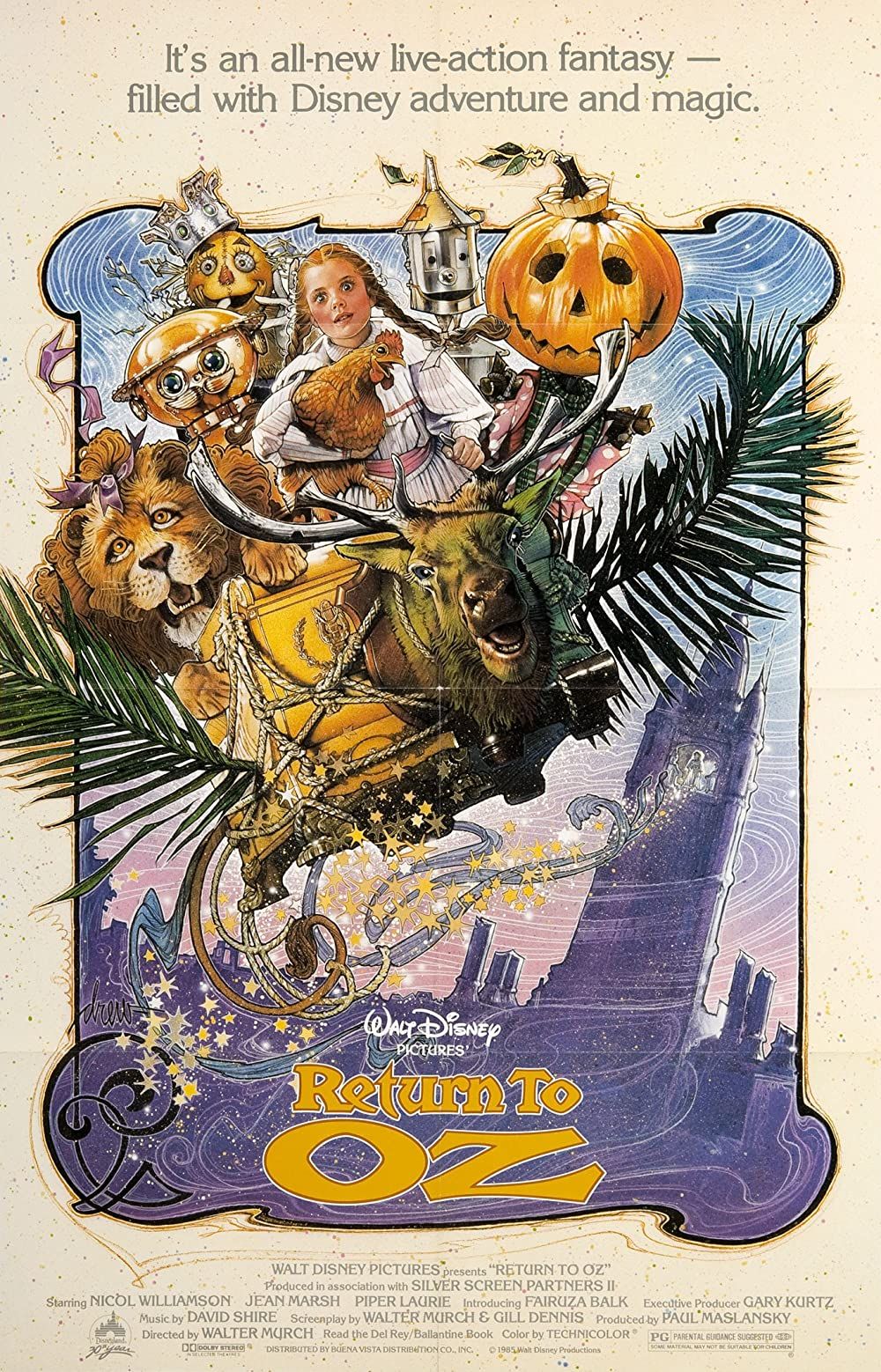
Return to Oz
- Release Date
- June 21, 1985
- Director
- Walter Murch
- Runtime
- 1hr 53min
In 1900, children’s author L. Frank Baum released The Wonderful Wizard of Oz, which became an instant critical and commercial hit, spending two consecutive years as the best-selling children’s book. When a musical stage adaptation of the novel was fast-tracked, Baum quickly wrote a sequel, The Marvelous Land of Oz, which was noticeably darker in tone. His intention was to also get this novel adapted to the stage, and once he finished, he figured he was done with the land of Oz and was eager to move on to other prospects.
Unfortunately, most of his subsequent novels flopped, and coupled with high demand from his readers and publishers, Baum reluctantly returned to his franchise. His third installment, Ozma of Oz, once again veered into darker territory; the plot revolved around Dorothy’s journey back to Oz, during which she’s forced to help a neighboring kingdom. The Land of Ev has fallen under the rule of the Nome King, who captured the royal family and transformed them into stone ornaments. To make matters even more terrifying, he’s assisted by an evil princess with a hall of interchangeable heads.
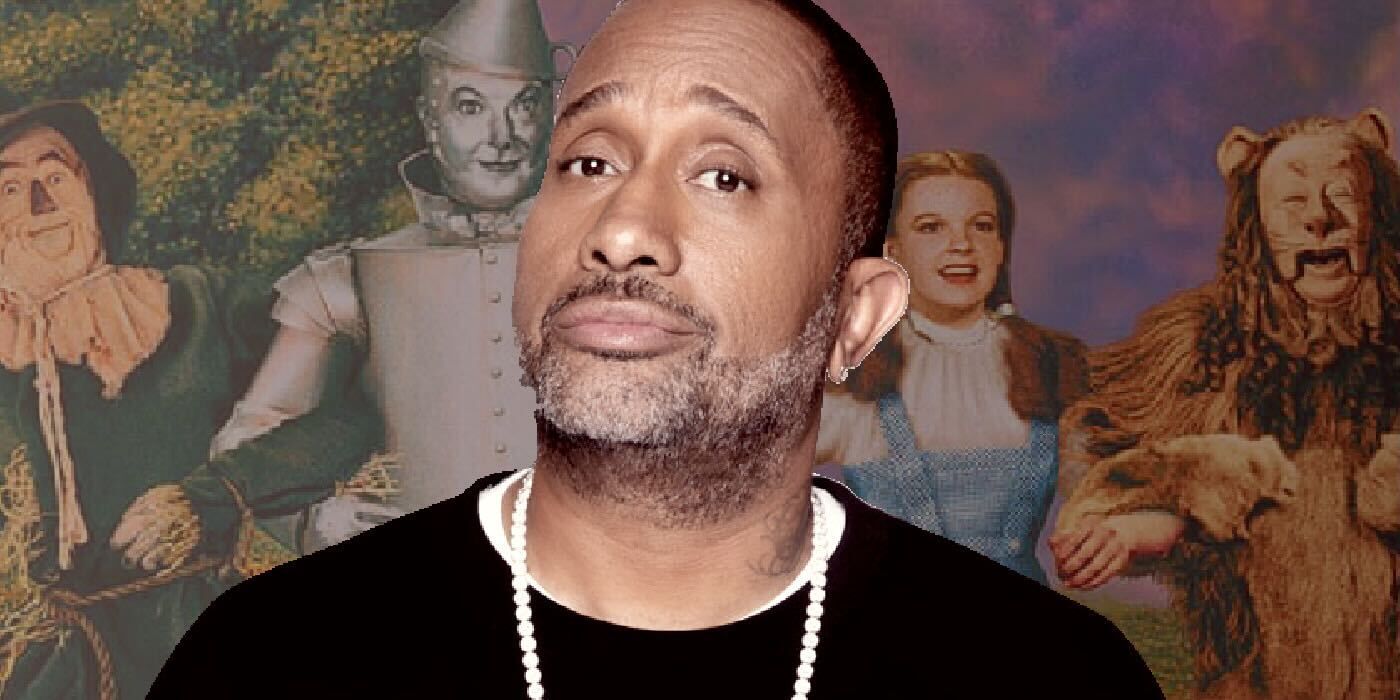


Wizard of Oz Remake Director on Reimagining Dorothy and IP Backlash
Black-Ish director Kenya Barris has shared more about his vision for his Wizard of Oz remake.
There’s a great irony to Baum’s gleeful willingness to go into dark fantasy territory; he wrote the original novel partly because he felt that most children’s fairy tales had become too scary, and he wanted to write something more kid-friendly. But even the original novel had some frightening moments; the Tin Man is revealed to be made out of tin to protect himself from a curse that makes him want to chop his own limbs off, and the Cowardly Lion at one point is abandoned to die in a field (though he survives). Obviously, this is a far cry from the child-friendly universe the 1939 film brought to life.
Return to Oz Is Hugely Faithful in Tone to Baum’s Vision
In the 1950s, Disney bought the rights to Baum’s Oz franchise, and with their copyright set to expire in the early ’80s, they greenlit a new Oz film, Return to Oz. As a director, they brought on famed editor Walter Murch (Apocalypse Now, American Graffiti, The Godfather trilogy), who drew inspiration from the second and third books in the series, The Marvelous Land of Oz and Ozma of Oz. It proved a hugely difficult production, as the Disney executives were taken aback by the film’s darker tone, and Murch often fell behind schedule, at one point being briefly fired from the project before he was reinstated shortly after.
As mentioned, Murch drew inspiration from Baum’s original sequel novels, condensing the best elements from Marvelous Land and Ozma to shape the story. Ozma gave Murch his structure, as the Nome King was the villain, and his overall plan remained largely the same as in the book, even if the story was actually set in Oz this time. However, the Nome King’s sidekick was retrofitted as Princess Mombi, the main antagonist from Marvelous Land. That novel also prominently featured maybe Return to Oz’s most memorable sidekick, Jack Pumpkinhead.
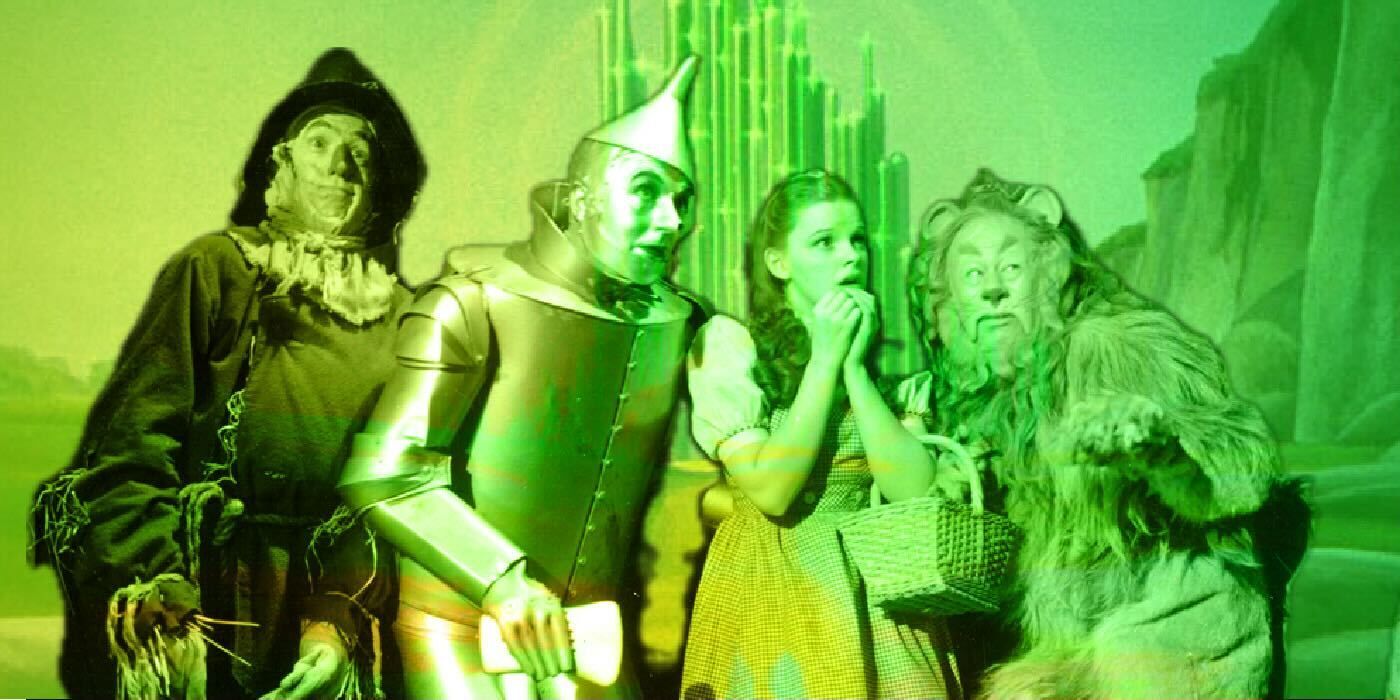


Unmade Wizard of Oz Sequel Writer Hopes Movie Will Eventually Happen: “I Was Really Proud of That Script”
Pet Sematary: Bloodlines director Lindsey Anderson Beer worked on a Wizard of Oz sequel script she’d love to see made one day.
The result was a film hugely faithful to Baum’s earlier novels, and several of the most disturbing scenes were lifted directly from the pages. As shocking as Princess Mombi’s hall of detached heads and the Nome King’s terrifying henchmen, the Wheelers, proved to audiences at the time, they were almost slavishly accurate to Baum’s original vision. Nonetheless, young viewers were terrified, critics were hugely polarized, and the film tanked at the box office, grossing $11.1 million on a $28 million budget, effectively ending Murch’s career as a director.
However, Return to Oz eventually found a small but vocal following, with several book loyalists lauding it for its faithfulness to the tone of Baum’s novels. Additionally, the 2000s brought a flood of children’s films darker than most viewers were accustomed to, with works like Corpse Bride, Coraline, and ParaNorman almost instantly embraced by critics and audiences alike. With dark fantasy seeing more widespread acceptance than in the past, Return to Oz now felt ahead of its time, and even if it still felt like a hard left turn from the original film, it now stood firm on its own terms as a delightfully creepy and creative vision.
Return to Oz Is Much Better Than You Remember
Several decades removed from the initial hubbub, Return to Oz holds up remarkably well. It’s a bold swing for the fences, not afraid to sugarcoat how inherently creepy Frank Baum’s work could get. While it couldn’t be more different in tone than the 1939 masterpiece, aren’t many of the best sequels the ones that incorporate a genre shift of some kind?
In an era where children’s films too often play it safe (hello, Minions), Return to Oz deserves credit for challenging and respecting its audience. It proves that it’s one of the more interesting cult classics in recent memory and certainly one of the best Oz adaptations. Return to Oz is streaming now on Disney+.


